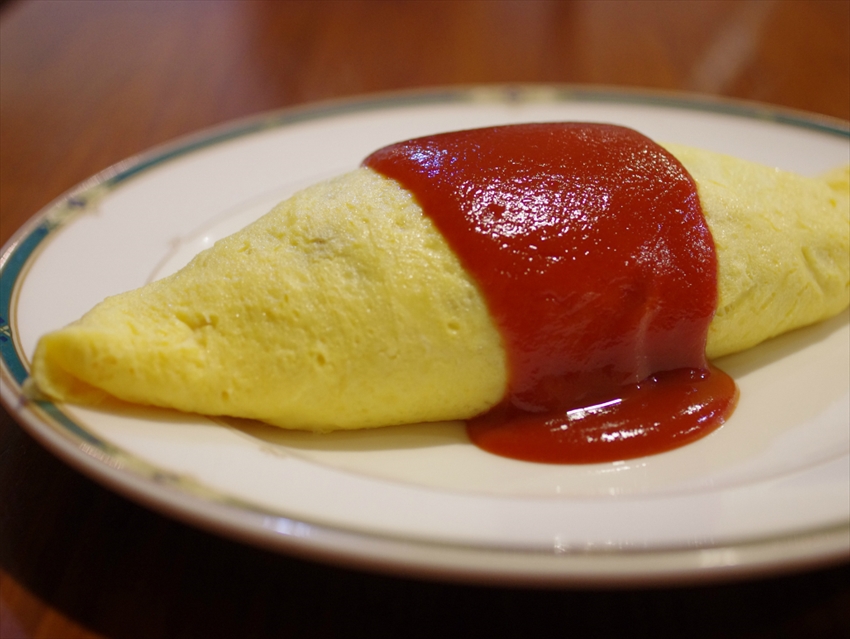Tokyo buns
Bread, or wheat for that matter, has a historical significance in Japan. The nation was introduced to bread in the 1850s when the country opened its doors to the West, but it didn’t gain much traction until after World War II. America supplied wheat to feed the nation, and wheat products such as ramen, udon, okonomiyaki and bread flourished. In recent years, bread consumption has exceeded that of rice. As befits a nation of innovators, Japanese bakers have not only mastered the art of breadmaking but also created new breads that have become popular around the world.
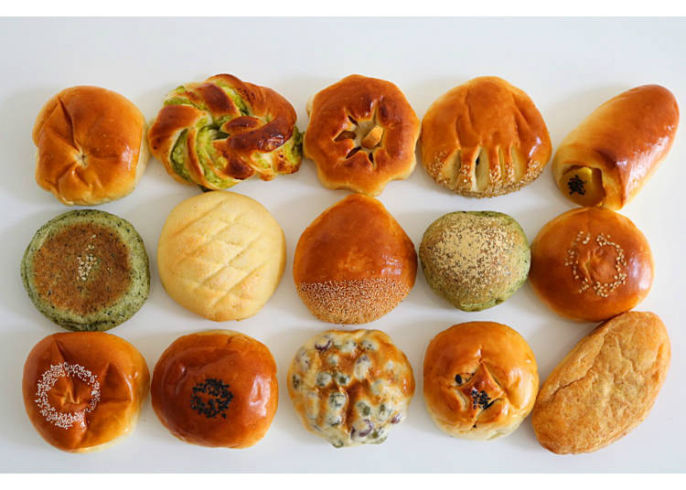
Chanko nabe
This protein-rich stew is eaten in large quantities by sumo wrestlers during their weight-gaining phase. The soup is usually made from dashi or chicken stock, and the hotpot predominantly features chicken. That’s because chicken is associated with victory: in a tournament a wrestler should, like the bird, always be on two feet (he loses if any part of his body besides his soles touches the ground). However, you’ll also find chanko nabe made with pork to make the soup more flavourful.
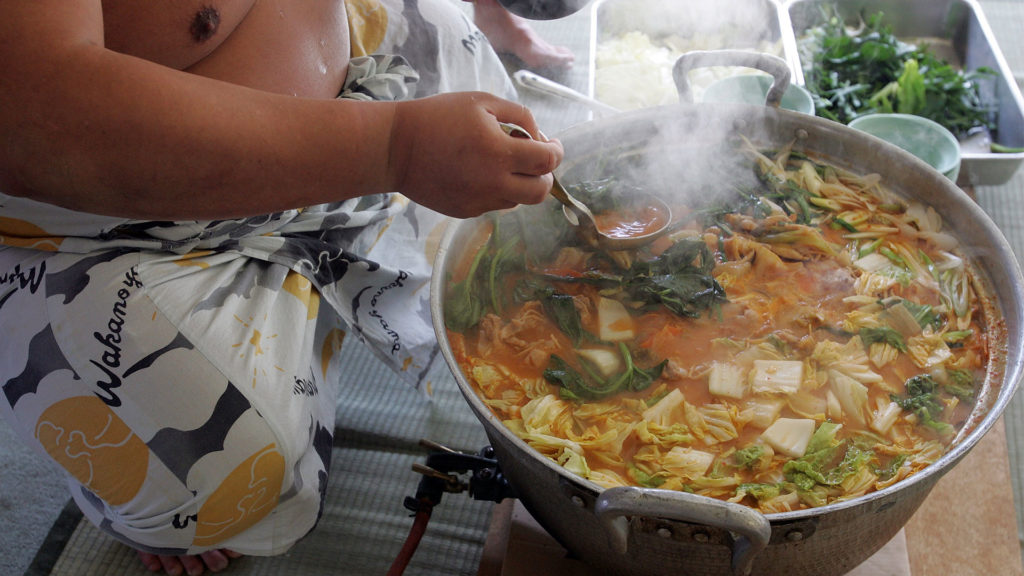
Sushi
Ask a person outside of Japan what comes to mind when they think of Japanese food and they’ll probably say sushi. In fact, sushi as it’s known today is referred to as Edomae sushi, or ‘Edo-style sushi’. Originating in the 1820s, it was commonly served as a quick snack for Edoites at street stalls across Tokyo, with rice vinegar acting as a preserving agent for the fish and rice. It was Japan’s street food. These days you can indulge in classy (and eye-wateringly expensive) omakase courses at top-of-the-line sushi establishments, eat it as fresh as it gets at the fish market, or go cheap and cheerful at conveyor belt (kaitenzushi) or standing sushi restaurants.
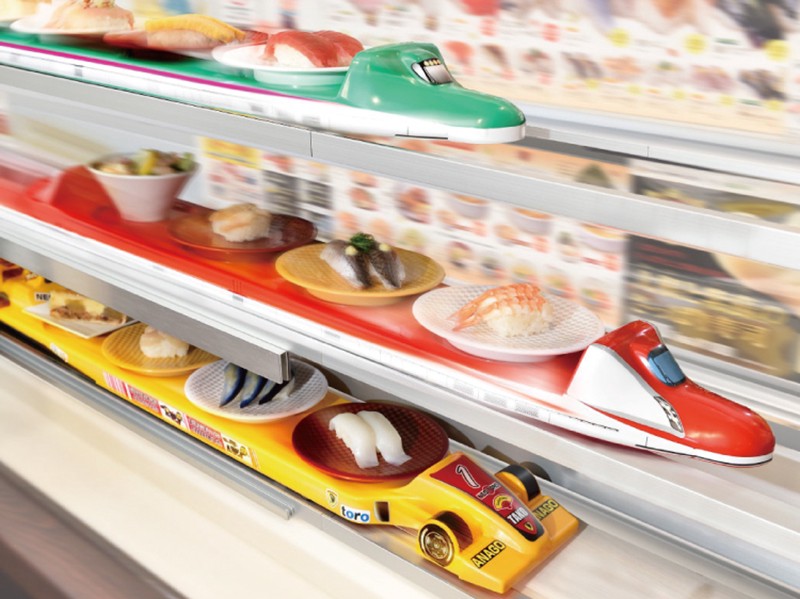
Anago
Anago (saltwater conger eel) is the less-fatty, seafaring brother of the more well-known unagi, or freshwater eel. It’s also significantly less rare, with unagi hovering on the endangered species list for years, making anago a more regular menu item. As the fish is native to Tokyo Bay, it has made its way into local cuisine in various guises, enjoyed for its clean, delicate taste. Both anago tempura and simmered anago as a sushi topping are considered Tokyo specialities, but anago is also commonly served in preparations similar to unagi: either with a sweet-savoury kabayaki sauce, or in a plainly grilled style known as shirayaki.
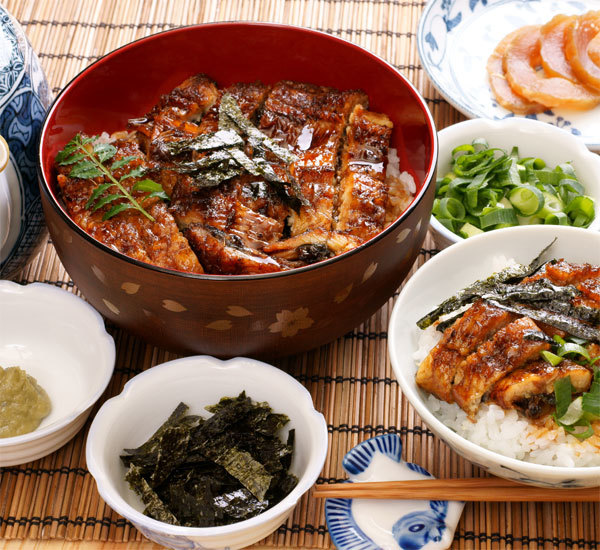
Omurice
Fried egg on rice is a humble comfort food in many a cuisine around the world. In Tokyo, however, it has been elevated to an artform, with chefs often dedicating years of their lives to perfecting the fluffy, smooth texture that’s the definition of omurice. Rengatei in Ginza is said to be the inventor of this yoshoku (western-style Japanese cuisine) staple back in the 1900s. Restaurants typically offer one of two varieties: fried rice wrapped in an omelette and drizzled with ketchup, or fried rice topped with an oval-shaped omelette, which is filled with a custard-like filling that will cover the rice with a warm, luxurious creaminess once it’s sliced open.
